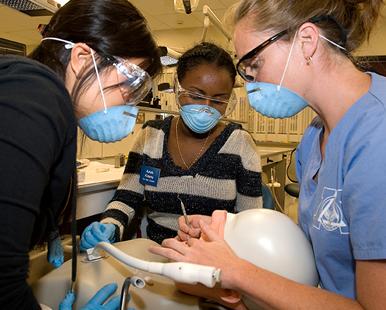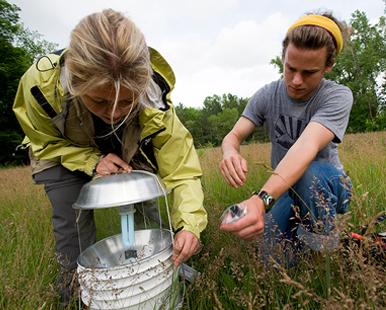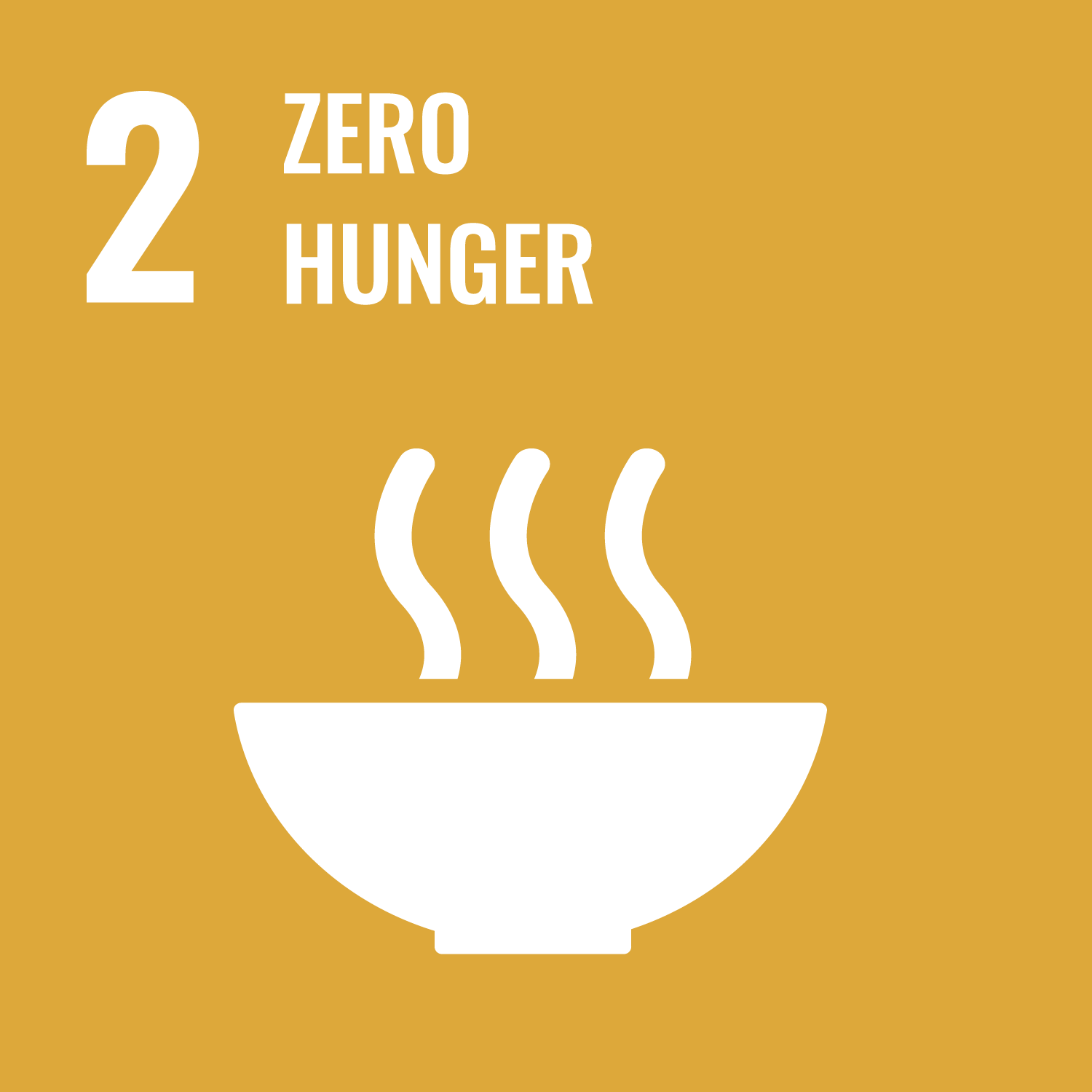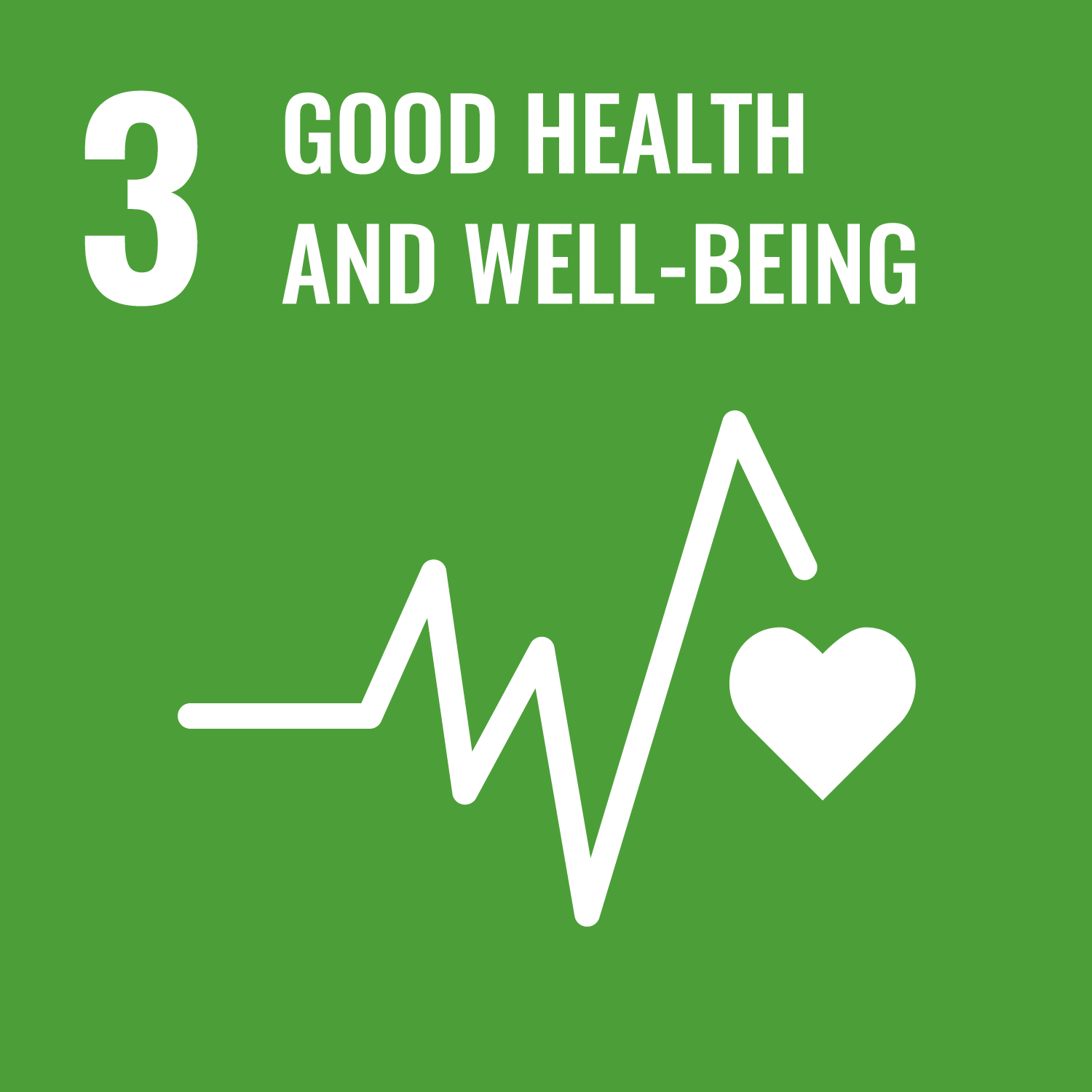We serve the state and impact the world
NXT GEN
The University of Minnesota has partnered with Google Cloud to deliver unique and innovative NXT GEN programs that combine world-class technology, research, and immersive learning approaches for students pursuing careers in health care and agriculture.
The University of Minnesota Rochester welcomed the first cohort for NXT GEN MED in Summer 2022. NXT GEN MED provides students a one-of-a-kind health sciences education program through the University’s Bachelor of Science in Health Sciences degree, shaving almost two years from a traditional four-year degree program. Leveraging cutting-edge technology and learning tools from Google Cloud that engage them virtually, students are matched with mentors at the Mayo Clinic. This unique educational experience allows students to apply their skills and knowledge to real-world problems and positions them for career success.
The University of Minnesota Crookston launched the pilot for NXT GEN AG in Fall 2022. NXT GEN AG is a program tailored to students pursuing a career in the agriculture industry who are currently in the workforce and may have previous higher education experience. The fully online courses focus on skills most sought after by employers, such as personal development, communication skills, and leadership techniques.
NXT GEN AG students are assigned a dedicated student success coach to guide them through the curriculum, which provides real-world experiences and community engagement opportunities, helping to develop the next generation of rural professionals.
The University will continue to leverage innovative NXT GEN tools and programs in support of student careers to create transformative learning experiences, enhance belonging and well-being, lower student cost where feasible, and drive equitable outcomes.



Sustainability
The University hired its first ever chief sustainability officer as part of the systemwide plan to advance sustainable development goals through short- and long-term sustainability initiatives.
The University of Minnesota’s chief sustainability officer (CSO) will be responsible for leading the University’s sustainability strategy, planning, programs, and initiatives across all five campuses and will collaborate with University leaders to drive sustainability as outlined by President Joan Gabel’s MPact 2025 strategic plan.
Key initiatives include:
- Building a fully sustainable future by demonstrating state and worldwide leadership in sustainability and environmental teaching and research
- Responsibly using resources, reducing waste, keeping water, air and land clean
- Transitioning away from fossil fuels
The University of Minnesota’s Sustainable Development Goals (SDG) Initiative brings together partners systemwide who contribute toward the United Nations’ blueprint to achieve a better and a more socially and environmentally sustainable future in Minnesota, the United States, and the globe. The Times Higher Education Impact Rankings (THE Impact Rankings) compared universities worldwide, based on their commitment and efforts related to the SDGs.
The University submitted systemwide results for the first time in 2022 to the THE Impact Rankings for efforts related to SDG#2 Zero Hunger, SDG#3 Good Health and Wellbeing, SDG#13 Climate Action, and SDG#17 Partnerships for Goals.
Source: United Nations Advancing Sustainable Goals, M Global

Zero Hunger
The University Ranks #5 in the U.S. and #16 in the world for its work in combating hunger.

Good Health and Well-being
The University ranks #2 in the U.S. and is tied for #57 in the world for its work related to promoting good health and well-being.
University of Minnesota Extension grew the numbers of both partners and partnership projects across a variety of sectors in the past year, raising the number of external partners 20% to 1,702, and the number of partnership projects 17% to 2,019. Partners are located around the state of Minnesota, the United States, and the world. More than half of partner projects are with underserved communities.*
2022 Extension Partner Sectors
**Examples of “Other” partners include international charity organizations, inter-tribal organizations, and multisector collaborations.
2022 Extension Partner Project Involvement with Underserved Communities
*Underserved populations face barriers and encounter unique challenges and exclusion in accessing and using resources and building partnerships with institutions of higher education due to persistent systemic inequities centered on race, language, culture, economics, education, political affiliation, geographic location, financial status, physical and/or cognitive ability, undocumented status, religion and/or age. A project could involve multiple underserved communities, and so the percentages above do not total 100%.
